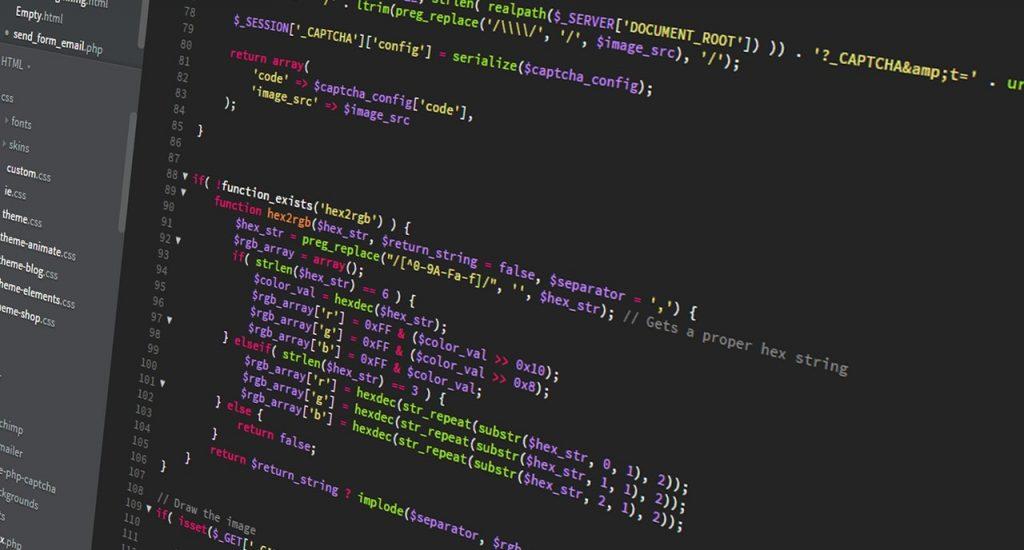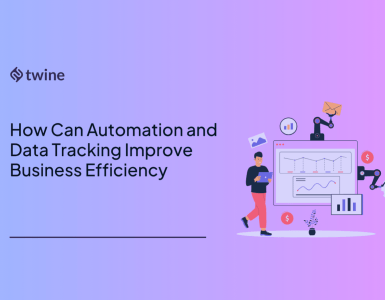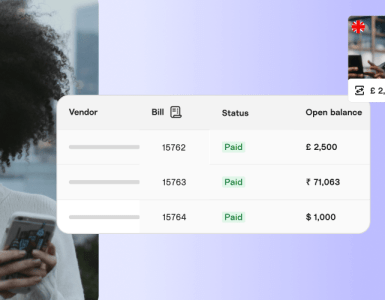If you have ever looked into getting AWS certified, you must have noticed that one of the most commonly named advantages of these credentials is a chance to get a better-paying job. But what if you’re not interested in a full-time position?
You’re in luck – knowing AWS as the back of your hand can mean incredible freelancing opportunities, too. And, aside from getting the benefits of planning your own time and workload, you can also expect to earn pretty hefty sums of money.
What kinds of earnings can you expect if you decide to start freelancing as an AWS expert, and what do they depend on? Let’s find out.
What Makes A Great AWS Freelancer?
We definitely won’t surprise anyone by saying that while becoming a freelance AWS expert is a perfectly attainable career choice, there are certain requirements and expectations you need to be able to meet. A good specialist should have:
- AWS certifications – as many and high-level as possible (we’d recommend not to skip training for the Foundational level one, though – solid basics are a must!)
- References – the more satisfied clients (or even past employers) can vouch for you, the more reliable you seem to newcomers
- Excellent communication skills – networking and negotiations form the base of every project you take on
- Impeccable Internet connection – the absolute majority of AWS freelancers work on a remote basis, so you need to be available and deliver your tasks on time
These four are basically non-negotiable. Nobody wants to risk their IT projects and data by choosing an unreliable specialist, so make sure you present yourself as a trustworthy choice!
Aside from the big ones, there’s also a handful of things that are not technically required but would surely be considered strong advantages. You can work on adding them to your resume as you go the freelance road:
- IT background and broader understanding of the industry
- Knowledge of other cloud computing platforms
- Proficiency in multiple programming languages
Understandably, the more you can offer to your clients, the more you can ask for – however, there certainly are some average numbers you can base your rates on.
How to Define Your Pricing
Here’s the deal: there are two main ways for an AWS freelancer to price their work. They can either set an hourly rate or define a fixed price for a specific project.
An hourly rate lets you plan your weekly/monthly earnings better (given you have enough projects to fill your time, of course). It’s also easier to define when you’re a beginner and can’t evaluate the complexity of a project in advance.
Your clients, however, might not particularly love such practice, as it makes it harder for them to plan their budgets precisely. If there’s no fixed price and you encounter unexpected issues as you go, the number of hours might turn out to be bigger than estimated.
Negotiating and setting a fixed price before you take on a project takes your clients’ worries away – it’s also very common among experienced freelancers who can evaluate project complexity accurately. In most cases, they actually have a certain hourly rate in their mind – then, they estimate the time the task is going to take and offer the final number as a fixed price: no loss for them, no risk for the client.
However, for a newbie, it might turn out to be less financially rewarding than they’d expect. The less experience you have, the less accurate your predictions are – which means every unexpected complication or a new concept you need to learn on the spot will cost you.
What Counts as a Decent Hourly Rate?
If you take a look at some of the various freelancing platforms available, you’ll see AWS developers asking for $10–130 per hour. The spectrum is incredibly wide – and that’s understandable: some people are just starting out, and others are experienced professionals with a handful of certifications already up their sleeves.
Now, try filtering the list to see the freelancers who have earned the most and billed the most hours. It turns out that those with hourly rates between $30 and $60 show up. This also matches the averages of $43.67 provided by PayScale and $57 (for an AWS engineer or architect) named by Salary.com.
Your potential earnings depend on:
- The services you offer – are you an AWS solutions architect, developer, or consultant?
- Your cloud expertise – how long have you worked with AWS, and what credentials do you have?
- Your and your clients’ location – hourly rates in different countries are often just as different as average wages
Naturally, there can be no golden number that qualifies as a perfect hourly rate for every AWS freelancer. The easiest way to define your rate is to see what other people with similar levels of expertise are offering – and for what price.
There will always be more seasoned and more expensive AWS specialists around, but that should be the least of your worries. Think about it: this level of expertise is necessary for a relatively small part of the clients’ projects, and no one will not hurry to pay top dollar if they don’t actually need to.
The Mystery of Fixed Prices
For a client, a fixed price translates to no surprises in the final bill. For a freelancer, on the other hand, it can mean a simple way to up their hourly earnings a little – after all, the client is very rarely an expert on the complexity of the task they need to get done!
The bad news is that the variety of projects a client can potentially ask you to take on is immense, and their individual needs are usually highly… Well, individual.
In addition to that, you can never know what kind of mess you’ll find in the client’s systems before you dive into them. Hence, it’s basically impossible to set any clear guidelines for defining your rates.
While there is no way we could advise you on pricing a specific project, there is one thing we could not stress enough: always specify what’s included in the price. This means:
- A clear definition of the desired result (including metrics, if applicable)
- An exact deadline (urgency always costs extra)
- A fixed number of revisions (if needed)
While never-fully satisfied clients are not as prominent in the tech industry as they are in, let’s say, design, most freelancers have incredible stories to tell. Make sure you communicate clearly what their money will get them, and name your hourly rate for any extra revisions or last-minute changes.
Some websites let you bid on the requests potential clients upload and offer to solve their problems for your price. In others, the freelancer is the one who uploads their offerings and defines their price for the client to choose.
The most user-friendly platforms (such as Twine) combine these models by letting both parties post on the site. The clients can publish the projects they need completed, and the freelancers are free to create digital resumes complete with portfolios and testimonials.
Here’s a tip: it’s always easier to get better rates when you’re offering your services on a highly reliable platform. Try looking into professional programs like AWS IQ, and leave Craigslist for buying second-hand furniture.
The Secret to a Good Rate
There are two main things you need to consider when you’re picking your rate: you need to stay competitive and earn enough for your financial stability. It’s that simple.
With a $60 hourly rate, you would only need to put in 32 hours every week to reach six-figure earnings – however, even this might prove hard to achieve if your competitors are asking for $40. Similarly, you could attract a lot of clients with a rate of $10, but that would mean you’d make less than $100,000 a year even if you literally work around the clock.
As it often happens in life, trial and error is the way to go. Don’t be afraid to adjust your prices if they don’t work – the Greeks didn’t discover the golden ratio on their first try, either!
If freelancing with AWS is just a plan for you right now, start by diving into solid cloud computing and AWS training. Why not start with an all-inclusive course that ensures you don’t miss any fundamentals?






